The Tree of Life
Classification
17.1 System of Classification
.jpg?itok=6xlSp4D2)

How would you classify this organism?
Plant (artichoke)? Animal (armadillo)?
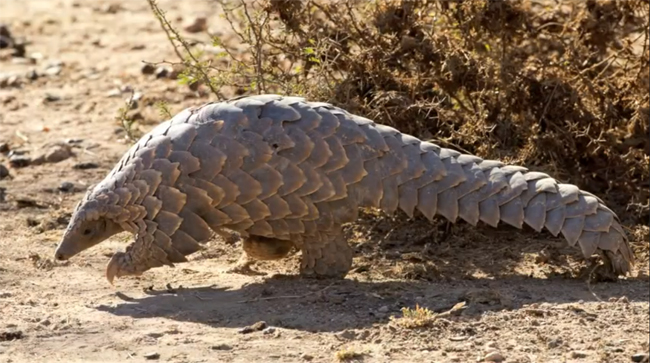
Their body is covered in large scales similar in arrangement to dinosaur bone plates! They have no teeth instead they have an organ similar to a bird's gizzard!

Pangolin Feeding
When was a classification system created? By Who?
Carlous Linnaeus "The Father of Taxonomy"

What is taxonomy?
Taxonomy is the science of naming and classifying organisms.
He started classifying organisms based on physical characteristics into groups called "taxon" or levels of organization.


"Dear King Phillip Came Over For Green Soup"
"Dumb Kids Playing Catch On Freeway Get Smashed"
This classification order goes from BROAD to SPECIFIC.
Linnaeus classification system gives each species a two part scientific name. This system is called BINOMIAL NOMENCLATURE .

This naming system includes the organisms GENUS and SPECIES.
Ex: Homo (Genus) sapiens (Species)......Homo sapien
Ex: Canus (Genus) lupis (Species)......Canus lupus
Genus is always CAPITALIZED, species is ALWAYS lowercase.
The purpose of this system is so scientist around the would could communicate with each other.
Which species is least related to the others?

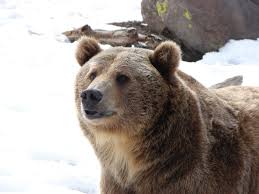
Ursus americanus Ursus arctos


Ailuropoda melanoleuca Ursus maritimus

Who is this organism closest relative?
Red Panda Racoon

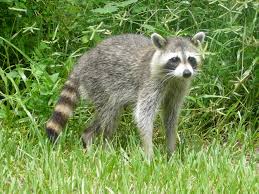
Ailurus fulgens Procyon lotor

Ailuropoda melanoleuca
BrainPop Classification Beginning of Wednesday.
Grade Scale
17.2 Classification Based on Evolutionary Relationships
Have you ever observed bats at the zoo? You've likely noticed that they have several features in common with birds, like wings. However they are more closely related to rodents and primates than birds!
Certain animals share similar traits which are often the result of having a common ancient ancestor, like dogs and wolves.
To classify organisms scientist must use more than their physical traits /appearance; they must use evidence of living species, fossil records, and molecular data.
The evolutionary history of a group of a species is called phylogeny. They are represented as a branching tree diagram.
Each species on top is called clade.

Just like a branch on a family tree shows the relationship between family members, the branches on these trees show how different species are related to each other.

The boxes below represent derived characters, a trait/feature that is involved in that specific taxonomic group.
Cladistics are used to determine common ancestors with the goal of representing each species in the order in which they descended from the common ancestor.
Molecular comparison data differences between Protein Cytochrome c
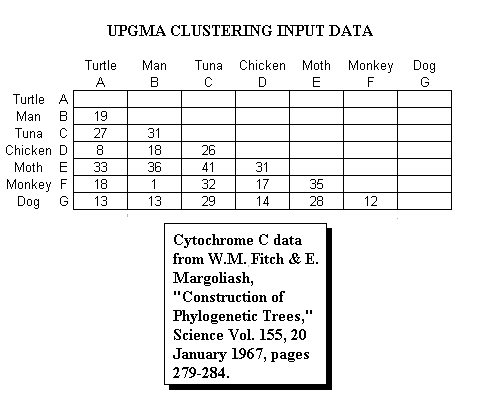
17.4 Domains and Kingdoms
What would you classify these organisms as? Eukaryotes? Prokaryotes?
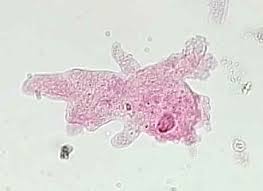

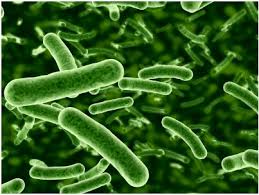

Eukaryotes: Presence of a nucleus.
Prokaryotes: No nucleus.
There are only 3 Domains of life.
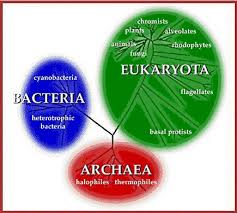
The history of classifying starts with.....
Plants and Animals (Aristotle) used up until 1753
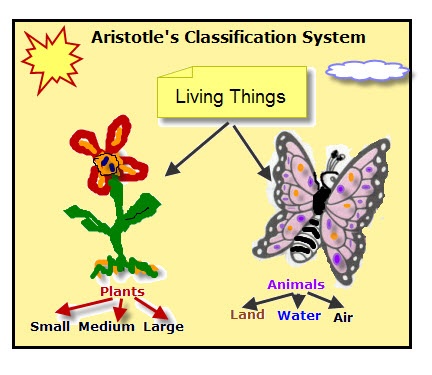

Carol Woese revealed that the bacteria in the Kingdom Monera actually differed genetically and must be placed in different Kingdoms Eubacteria and Archaebacteria. Now there are 6 Kingdoms of Life.


Even Amy Prefers Fewer People Around
Brainpop 6 Kingdoms
Out of all the kingdoms BACTERIA reign as the most abundant organisms in the world.
In fact there are more bacteria in your mouth right now than there are people that ever lived!!!!
The major difference between bacteria and archaebacteria:
Archaebacteria are considered extremophiles because they live in extreme environments.Ex: extremely high temp. extremely low temp.
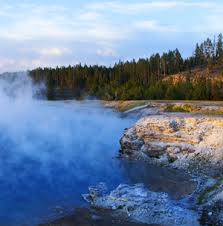


The kingdom that is most difficult to identify common characteristics is the Kingdom Protista.
All animals, plants,and fungi are multicellular...BUT....
In the Kingdom Protista all organisms are different from one another. Some are multicellular. Some are unicellular. Some are plant-like. Some are animal-like.








.jpg?itok=6xlSp4D2)

How would you classify this organism?
Plant (artichoke)? Animal (armadillo)?

Their body is covered in large scales similar in arrangement to dinosaur bone plates! They have no teeth instead they have an organ similar to a bird's gizzard!

Pangolin Feeding
When was a classification system created? By Who?
Carlous Linnaeus "The Father of Taxonomy"

What is taxonomy?
Taxonomy is the science of naming and classifying organisms.
He started classifying organisms based on physical characteristics into groups called "taxon" or levels of organization.


"Dear King Phillip Came Over For Green Soup"
"Dumb Kids Playing Catch On Freeway Get Smashed"
This classification order goes from BROAD to SPECIFIC.
Linnaeus classification system gives each species a two part scientific name. This system is called BINOMIAL NOMENCLATURE .

This naming system includes the organisms GENUS and SPECIES.
Ex: Homo (Genus) sapiens (Species)......Homo sapien
Ex: Canus (Genus) lupis (Species)......Canus lupus
Genus is always CAPITALIZED, species is ALWAYS lowercase.
The purpose of this system is so scientist around the would could communicate with each other.
Which species is least related to the others?
Ursus americanus Ursus arctos

Ailuropoda melanoleuca Ursus maritimus

Who is this organism closest relative?
Red Panda Racoon
Ailurus fulgens Procyon lotor
Ailuropoda melanoleuca
BrainPop Classification Beginning of Wednesday.
Grade Scale
17.2 Classification Based on Evolutionary Relationships
Have you ever observed bats at the zoo? You've likely noticed that they have several features in common with birds, like wings. However they are more closely related to rodents and primates than birds!
Certain animals share similar traits which are often the result of having a common ancient ancestor, like dogs and wolves.
To classify organisms scientist must use more than their physical traits /appearance; they must use evidence of living species, fossil records, and molecular data.
The evolutionary history of a group of a species is called phylogeny. They are represented as a branching tree diagram.
Each species on top is called clade.

Just like a branch on a family tree shows the relationship between family members, the branches on these trees show how different species are related to each other.

The boxes below represent derived characters, a trait/feature that is involved in that specific taxonomic group.
Cladistics are used to determine common ancestors with the goal of representing each species in the order in which they descended from the common ancestor.
Molecular comparison data differences between Protein Cytochrome c

17.4 Domains and Kingdoms
What would you classify these organisms as? Eukaryotes? Prokaryotes?


Eukaryotes: Presence of a nucleus.
Prokaryotes: No nucleus.
There are only 3 Domains of life.
The history of classifying starts with.....
Plants and Animals (Aristotle) used up until 1753


Carol Woese revealed that the bacteria in the Kingdom Monera actually differed genetically and must be placed in different Kingdoms Eubacteria and Archaebacteria. Now there are 6 Kingdoms of Life.
Even Amy Prefers Fewer People Around
Brainpop 6 Kingdoms
Out of all the kingdoms BACTERIA reign as the most abundant organisms in the world.
In fact there are more bacteria in your mouth right now than there are people that ever lived!!!!
The major difference between bacteria and archaebacteria:
Archaebacteria are considered extremophiles because they live in extreme environments.Ex: extremely high temp. extremely low temp.

The kingdom that is most difficult to identify common characteristics is the Kingdom Protista.
All animals, plants,and fungi are multicellular...BUT....
In the Kingdom Protista all organisms are different from one another. Some are multicellular. Some are unicellular. Some are plant-like. Some are animal-like.
No comments:
Post a Comment